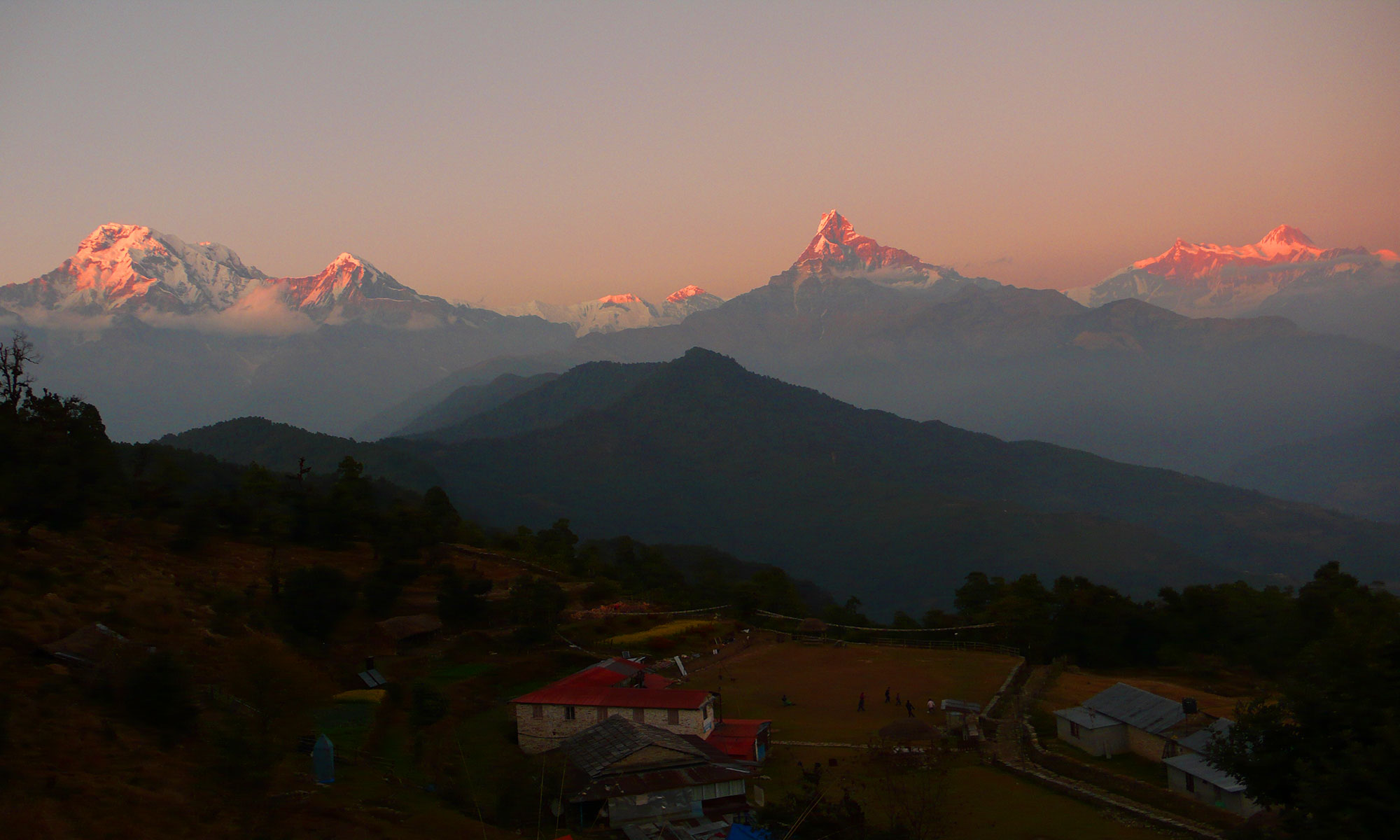Saṃsāra is the “reincarnation, suffering-laden cycle of life, death and rebirth, without beginning or end”.
Short of attaining enlightenment, in each rebirth one is born and dies, to be reborn elsewhere in accordance with the completely impersonal causal nature of one’s own karma; This endless cycle of birth is “saṃsāra”.
The Buddha said—
— The man with craving as his companion has been flowing in the stream of repeated existences from time immemorial. He comes into being, experiences various types of miseries, dies again and again, and does not put an end to this unbroken process of becoming.—
This is samsara, the world of suffering, as explained by the Buddha. He further said—
—Rightly understanding the perils of this process, fully realizing craving as its cause, becoming free from craving and attachment, one should mindfully lead the life of detachment.
Such an approach, he said, will have great benefit—
-Pleasure is the binding force in the world. Rolling thought processes are its ever-changing base. With the complete eradication of craving, The state called nibbana is attained.
The Four Noble Truths are aimed at ending this saṃsāra-related re-becoming (rebirth) and associated cycles of suffering.
saṃsāra cosmology consisted of five realms through which wheel of existence recycled. This included hells (niraya), hungry ghosts (pretas), animals (tiryak), humans (manushya), and gods (devas, heavenly).
The saṃsāra concept, in Buddhism, envisions that these six realms are interconnected, and everyone cycles life after life, and death is just a state for an afterlife, through these realms, because of a combination of ignorance, desires and purposeful karma, or ethical and unethical actions.
Nirvana is typically described as the freedom from rebirth and the only alternative to suffering of saṃsāra, in Buddhism.
